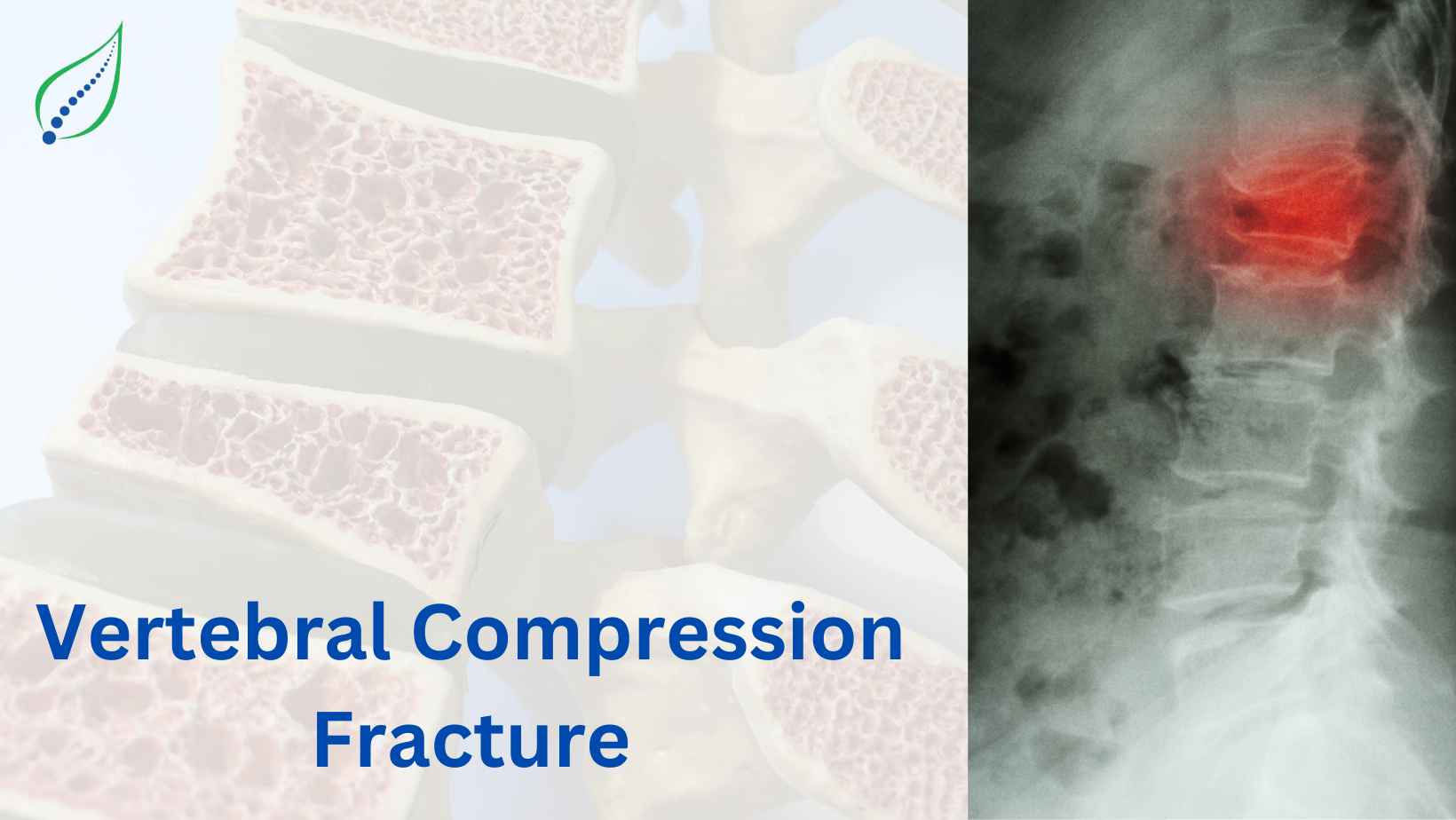Vertebral Compression Fracture
The fracture in one of the vertebrae due to pressure of the bones above it in the spine is known as a vertebral compression fracture. The symptoms of a spinal compression fracture are a pain in the back and hips. There is also numbness and tingling sensations in the body and the bowel movements can also be impacted. While fall-related injuries can be a cause of fracture, osteoporosis in older adults can also lead to this condition. Moreover, the decrease in bone density with age makes the bones more susceptible to pressure, resulting in fractures.
Treatment
There are many treatment options available for spinal compression fractures, with each plan aimed at targeting the root cause of the problem. Although mild cases can be treated by giving medication, preventing further degeneration of the bones, and making lifestyle changes to reduce physical strain on the body.
Non-Surgical Treatment
Non-surgical treatment of spinal compression fracture involves stimulating the body to recover naturally with the least external interference in the healing process. It can take up to 6 months to completely recover with this treatment but the relief in pain can be observed within weeks. You should take proper rest to ensure unhindered recovery and slowly incorporate mild physical activities into your daily routine to maintain bone health.
Medication
Over-the-counter non-steroidal medications such as Acetaminophen or ibuprofen can greatly reduce discomfort and pain. However, if these do not work you can ask your doctor to prescribe a stronger medication for a short period of time and slowly go down on the doses as the pain becomes less severe.
Procedures:
There are procedures to treat spinal compression fractures.
Vertebroplasty: The doctor will inject low-viscosity cement into the fractured bone to stabilize the fracture and reduce pain.
Kyphoplasty: The doctor will insert a tube with a balloon at the front end in the fractured bone through an incision. The inflated balloon will create a cavity where cement is injected. Then the balloon would be deflated and removed while the bone cement hardens.
In both, the procedures, the bone cement hardens in about 10 minutes and these are one of the least intrusive ways of healing a spinal compression fracture.
Physical Therapy
Daily workout sessions can greatly help in post-treatment recovery. Yoga, exercise, walking, and any activity that involves mind-muscle coordination can be a great way of restoring your physical as well the mental health.
Wearing a Back Brace
This will help in limiting your movement to prevent further injury as well as stabilize your body. Thus your broken vertebrae get enough time to heal while your back brace prevents further bone loss.

_1747226427_1751827070.png)
_1744793045_1751827442.png)
_1743751136_1751830603.png)
